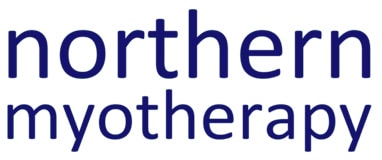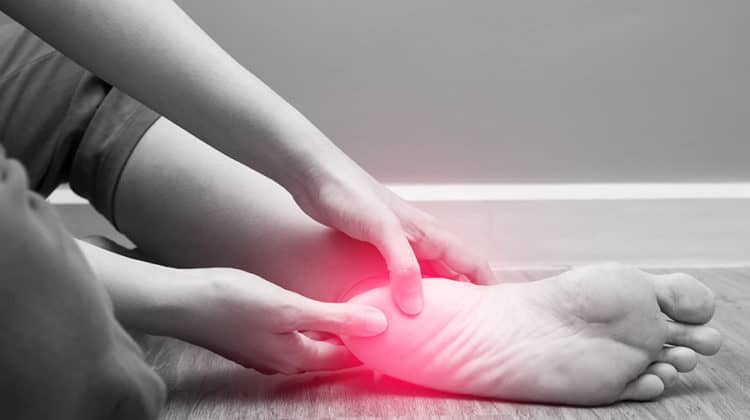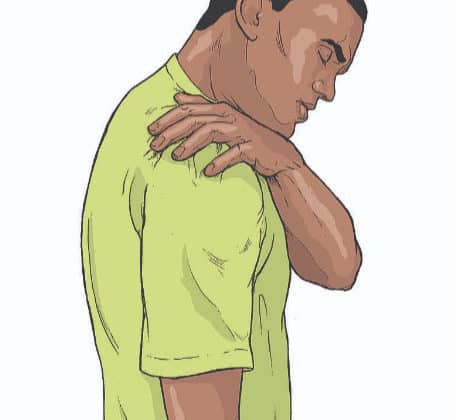Tennis elbow (also known as lateral epicondylitis)

It is a common misconception that you must be a tennis player to suffer from tennis elbow (also known as lateral epicondylitis). Though it is present in 40% of all tennis players (hence it's name) 15% of office workers or people working in repetitive trades suffer from tennis elbow. It can occur at any age, however, sufferers are generally between the ages of 35 and 50.
Generally people experience pain at or just below the lateral epicondyle (the pointy part on the outside of your elbow) during gripping, lifting or wringing activities. The pain is caused by damage to the tendon that connects the muscles of your forearm to the bone in your upper arm. This is more often than not due to excessive gripping or wringing activities, poor muscle strength/tight muscles in the forearm or poor technique of the repeated task. Most elbow movements will be pain-free, despite that being the area of pain.
Some sufferers will also have neck stiffness and tenderness or signs of nerve irritation. However there is a high incidence of lateral (outside) elbow pain that is referred to your elbow from a cervical spine (neck) injury. Often pain signals are transmitted along the radial nerve which may also cause reduced neural mobility, which can cause symptoms similar to tennis elbow.
Surgery is rarely needed, but might be used if your doctor deems in absolutely necessary. Sometimes patients are told to consider a cortisone injection into the elbow. The most recent research regarding this shows though cortisone assists in settling inflammation, which may help in the short term, generally this condition is not an inflammatory condition so in the long term the injections are not helpful. A tennis elbow brace may also be suggested to offer support to the joint and ease pain, in some instances, though it does not work in 100% of cases.
As diagnose can be confusing and there are multiple options for treatment it is extremely important to have the issue assessed by an experienced doctor or myotherapist to confirm or exclude any neck dysfunction or neural tension. Otherwise little no improvement will be made and the development of chronic tennis elbow syndrome is high.
Myotherapy has proven to be effective in the short and long-term management of tennis elbow through reduction of elbow pain, facilitation of tissue repair, restoration of the normal joint range of motion and function, restoration of normal muscle length, strength and movement patterns, normalisation of your upper limb neurodynamics and cervical joint function. Your myotherapist will discuss the best strategy for treatment and recovery based on your symptoms and lifestyle. Including look at contributing factors such as workstation setup and your posture to ensure that your pain stays away.
The most important thing in managing this condition is a progressive strengthening program. Typically, tendon overload injuries such as this can take anywhere between 2 and 24 months to be back to normal and tendons require gradual load in order to heal correctly, so it is very important to continue to strengthen your muscles even if your pain is gone.
Remember if you are experiencing elbow pain of any kind it’s important to seek treatment as soon as possible to reduce your recovery time. Contact Northern Myotherapy at 03 9078 9953 or book online our Brunswick clinic.








Hi, this is a comment.
To get started with moderating, editing, and deleting comments, please visit the Comments screen in the dashboard.
Commenter avatars come from Gravatar.